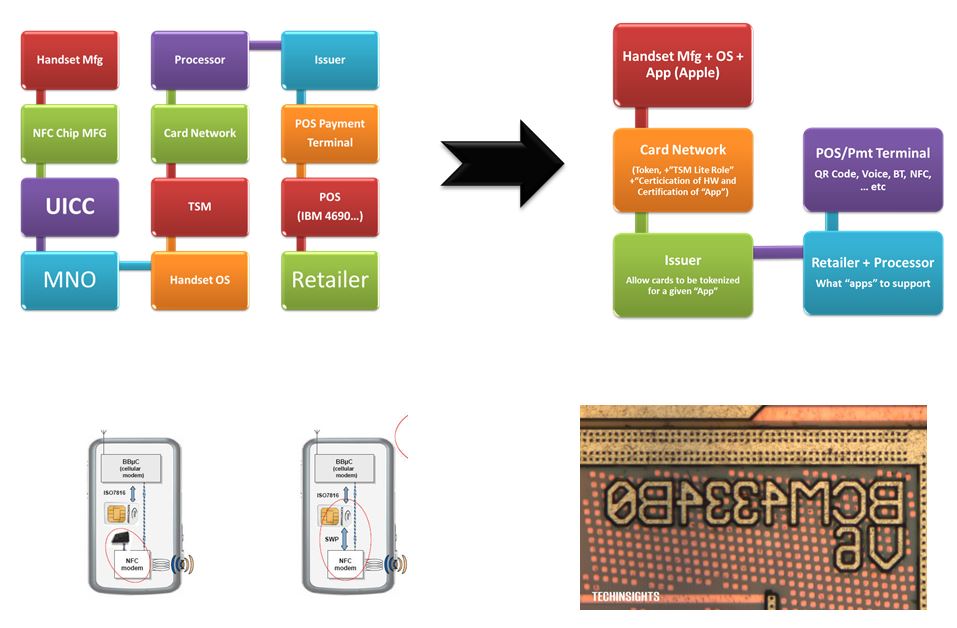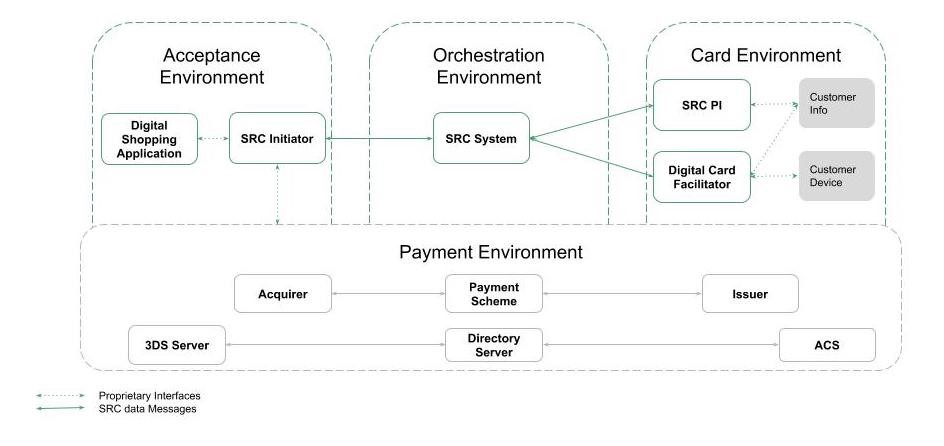An update to my Data Games – 2021
© Starpoint LLP, 2025. No part of this site, blog.starpointllp.com, may be reproduced or retransmitted in whole or in part in any manner without the permission of the copyright owner.
Electronic receipts (eReceipts) COULD transform the retail landscape by offering numerous benefits to consumers and businesses. With the potential to enhance digital wallets, improve customer experiences, empower AI agents, and increase advertising effectiveness. However, the widespread adoption and sharing SKU-level data face several challenges, most of which are NOT technical. Today, I’m providing an overview of key business and economic challenges of unlocking SKU data.


